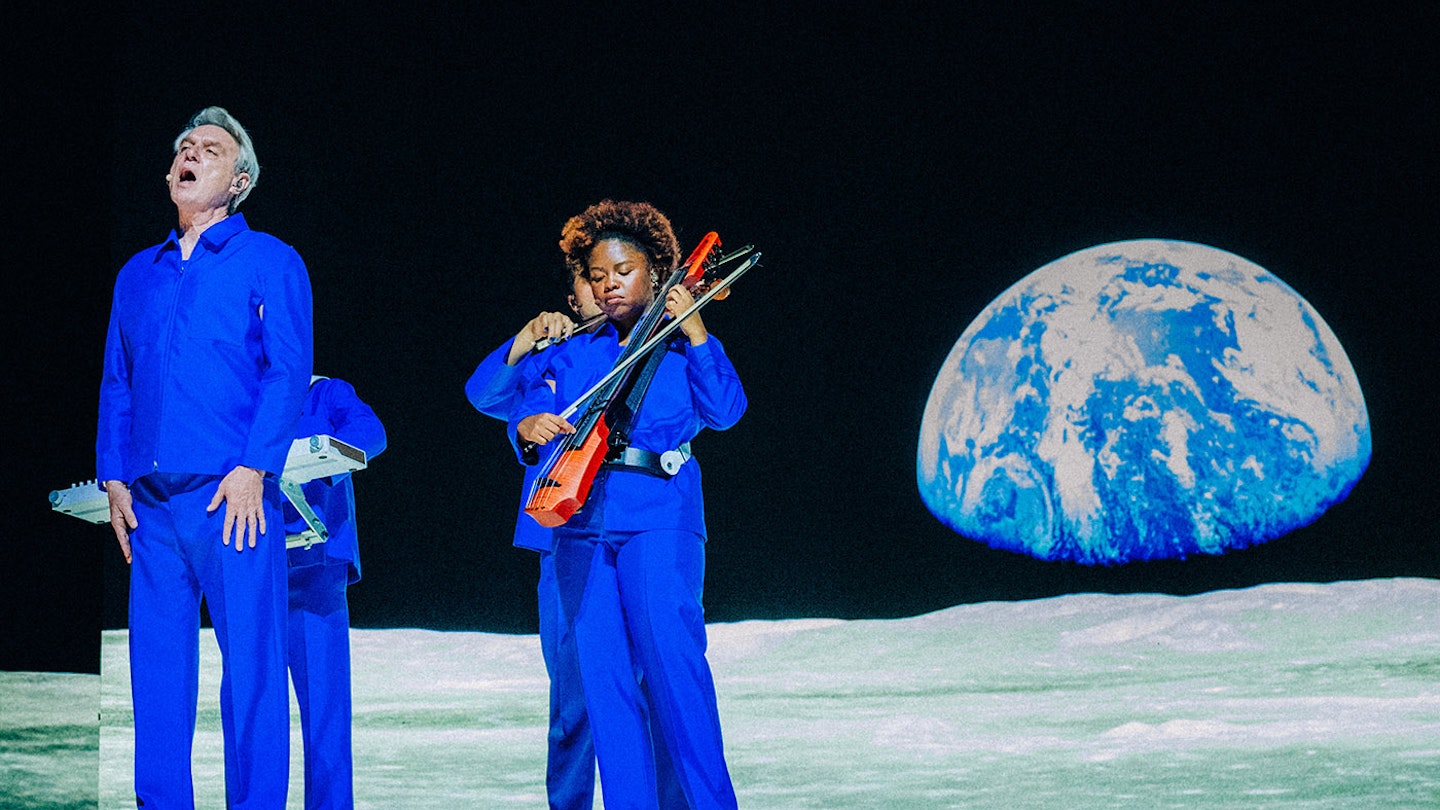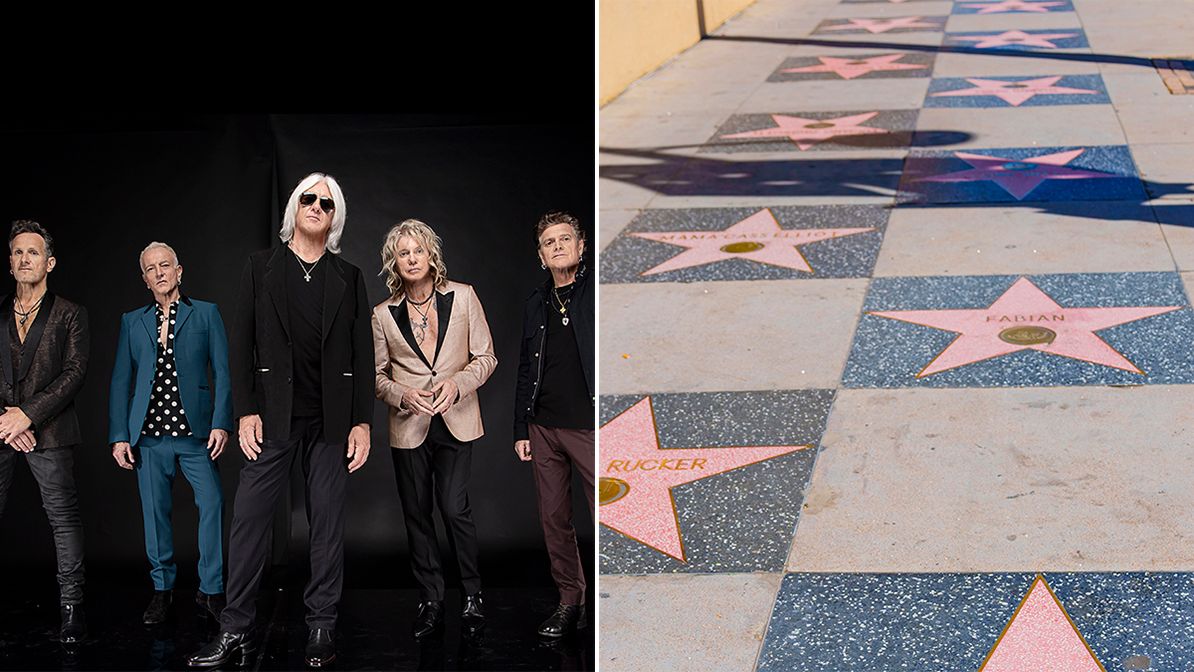Golf Ball Politics: When Trump's Video Takes a Swing at Springsteen
Explore the digital theatrics of Trump's video targeting Bruce Springsteen, where humor, satire, and celebrity influence collide.

In the unpredictable theater of modern-day politics and pop culture, a curious spectacle was unveiled as President Trump decided to trade his political podium for a digital tee-off. The target of his latest humor-infused video jab? None other than Bruce "The Boss" Springsteen.
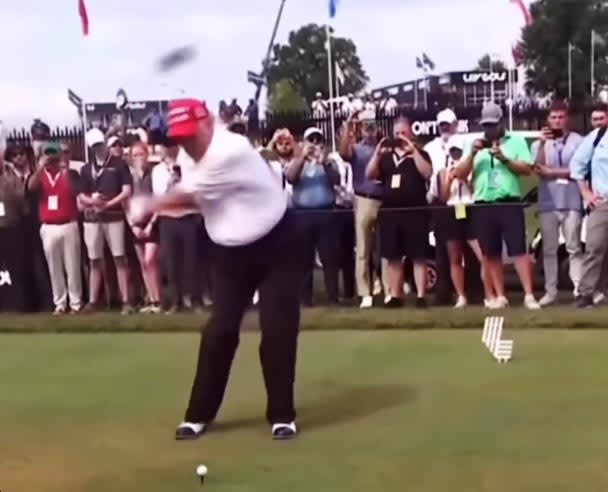
The video, a carefully edited concoction of farce and political discourse, depicts a golf ball—sent airborne by Trump—colliding with Springsteen during a purported on-stage performance. The Boss takes a dramatic tumble, all choreographed in digital jest, blending what is true with absurdity.
This display comes on the heels of Springsteen’s critique of the Trump administration, dubbing it a "corrupt, incompetent, and treasonous entity" during a recent concert in the UK. Not one to shy away from a verbal duel, Trump swiftly clapped back, suggesting the rock legend should "KEEP HIS MOUTH SHUT until he gets back into the Country.”
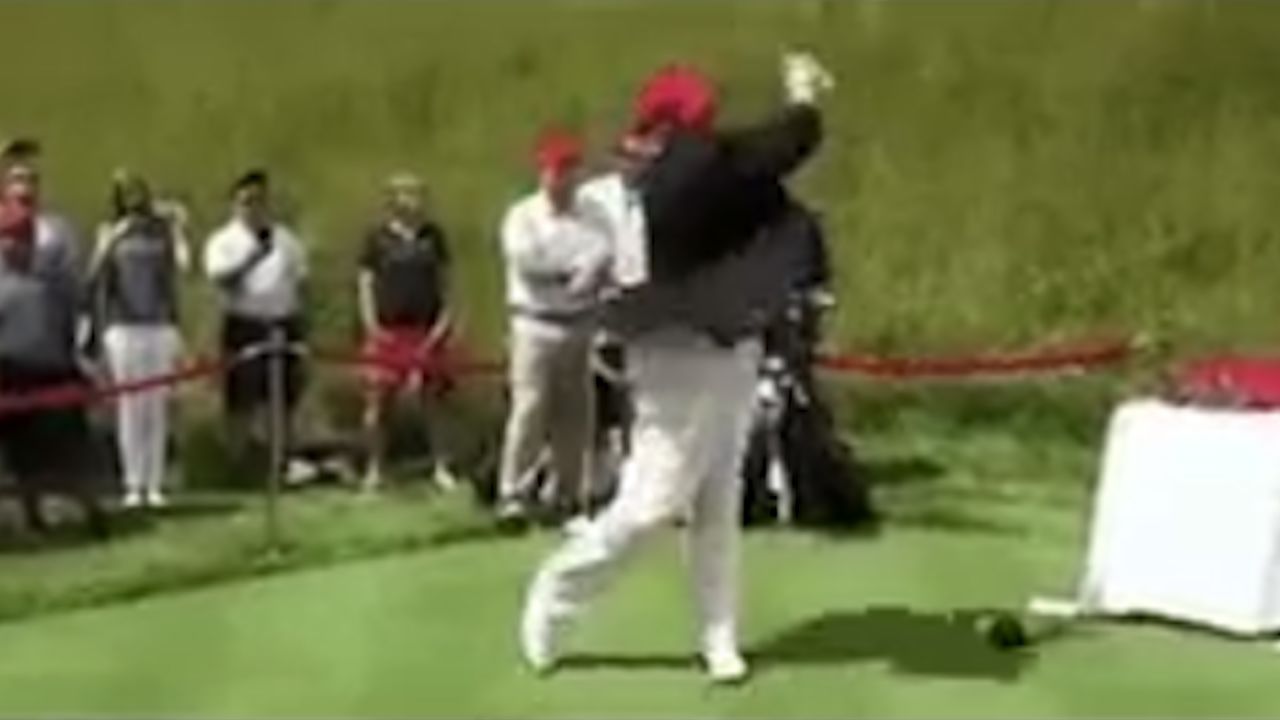
While this may seem a mere exchange of jabs, it amplifies the growing chasm between cultural titans and political figures, as both leverage humor and satire in a tug-of-war for public attention. Here, Trump's video takes aim not just at Springsteen, but at the notion of celebrity influence itself, suggesting a stage where rock stars and politicians spar not just with words, but with the very platforms that magnify their voices.
The incident underscores the blurring lines between digital satire and political critique, where public figures engage in theatrics that play out before an audience eager for content, whether serious or farcical. Springsteen's fierce critique coupled with his anti-Trump EP exemplifies the musician's commitment to his craft, wielding his platform to channel frustration and dissent through music.
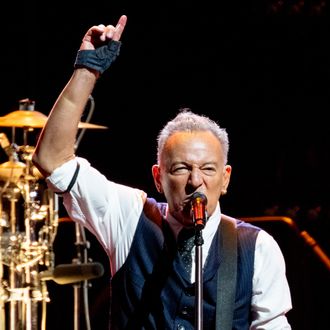
Yet, in the intersection of politics and rock, where memes meet messages, we witness a peculiar narrative unfold. President Trump's video is emblematic of a cultural sphere where entertainment and serious discourse dance intricately, leaving onlookers to ponder the depths of satire and sincerity.
The real stage here is not just the digital screens that broadcast these skirmishes, but the hearts and minds of audiences searching for genuine discourse amidst the spectacle. Springsteen's music calls for introspection and change, while Trump's antics beg the question: How do we discern substance from showmanship?
In navigating these digitally choreographed confrontations, we are reminded that the true essence of rebellion—be it political or artistic—lies not in the spectacle itself, but in the authenticity of its intent. Perhaps this is a cue for both leaders and artists alike to strike a chord that resonates beyond the tweet, echoing the deeper truths that linger in the silence of the spectacle's aftermath.


